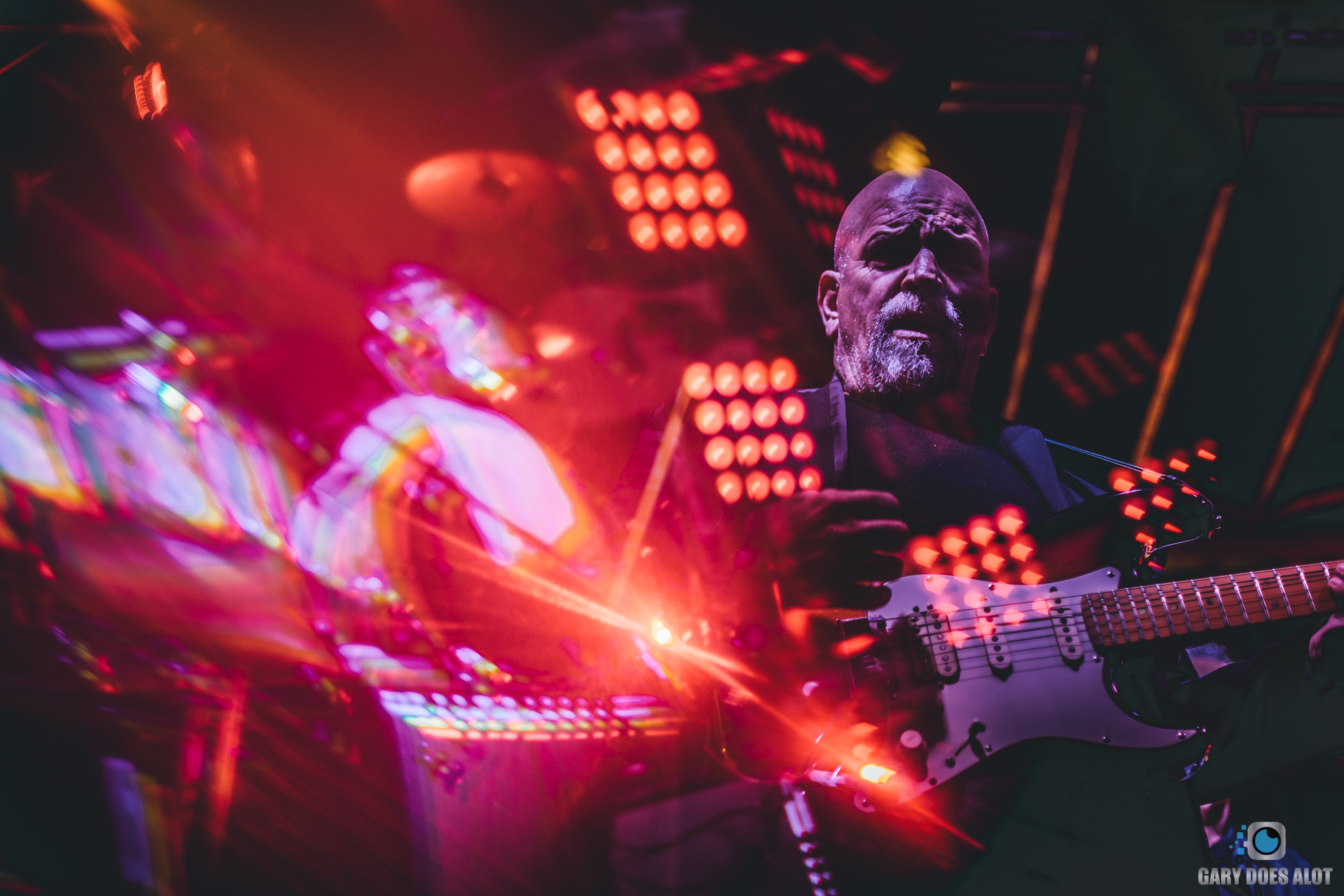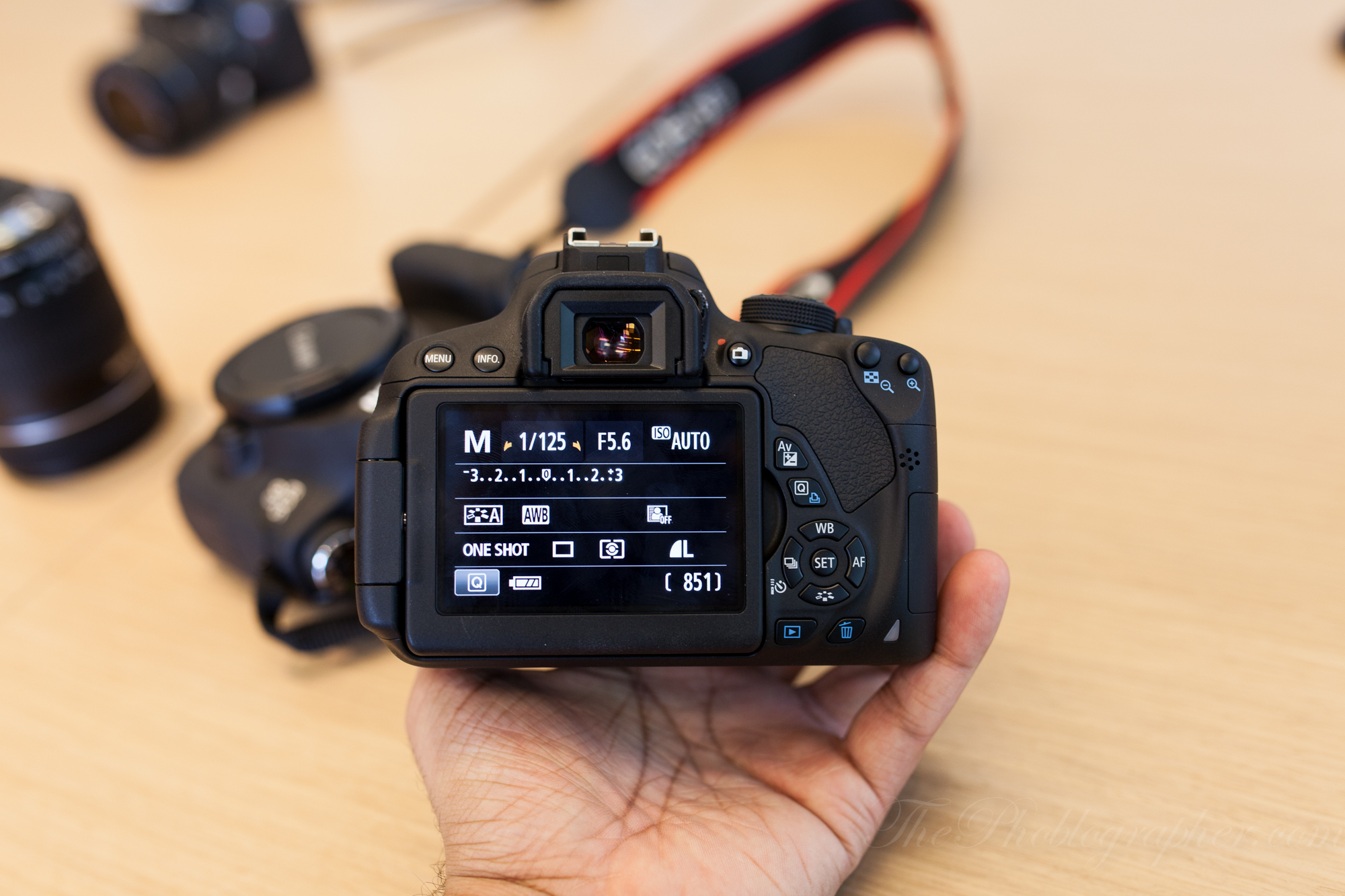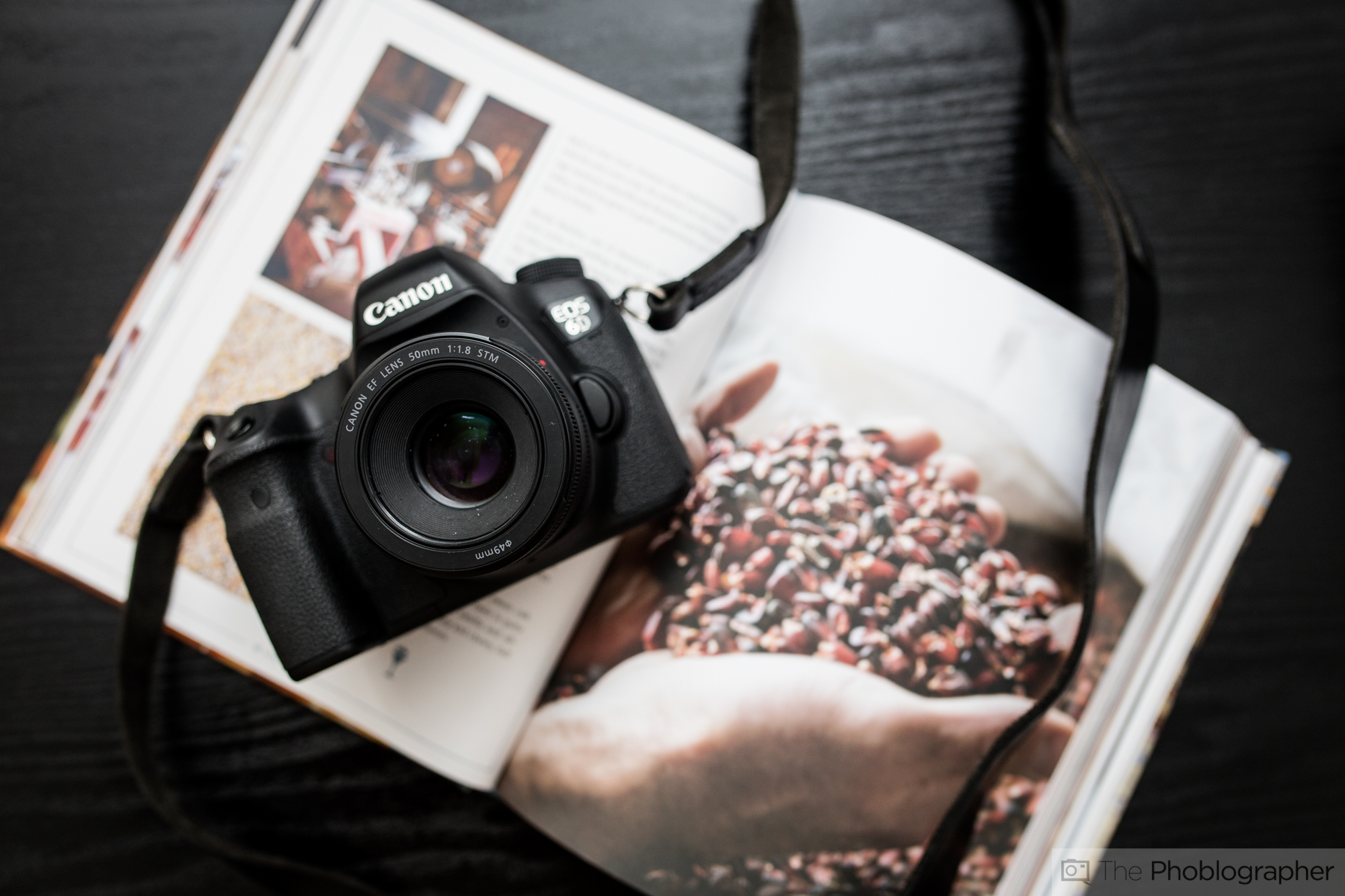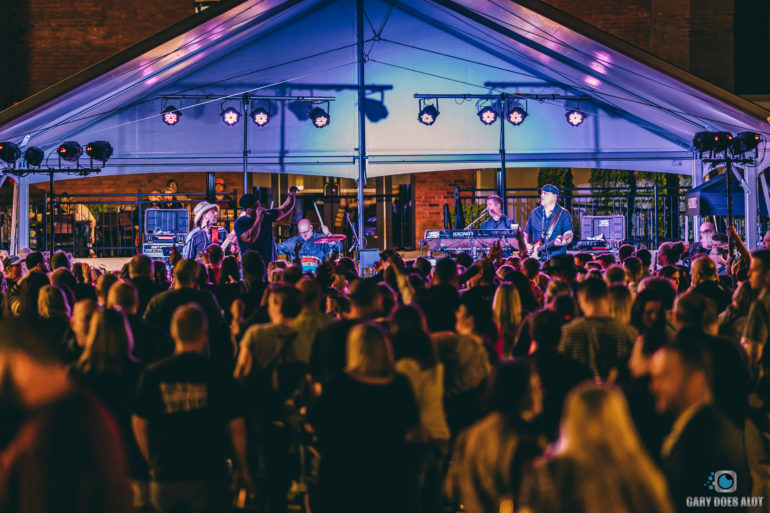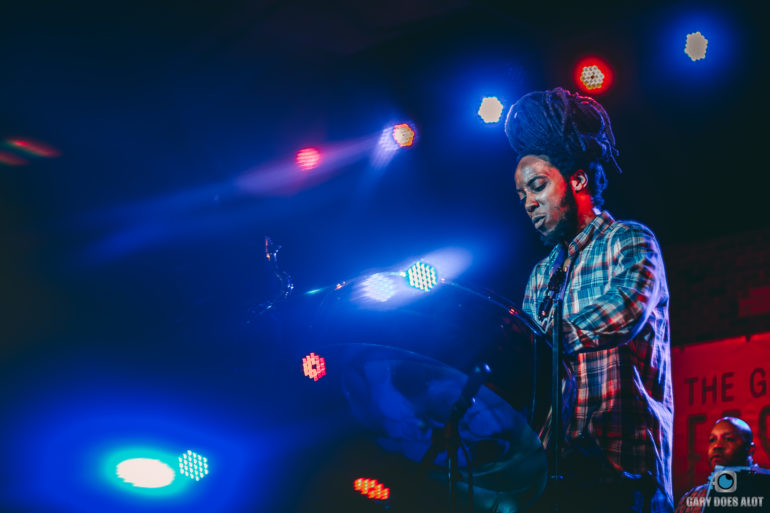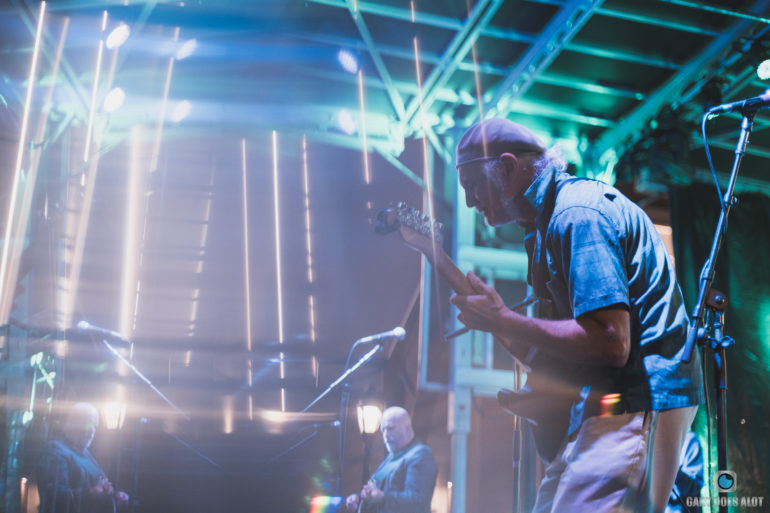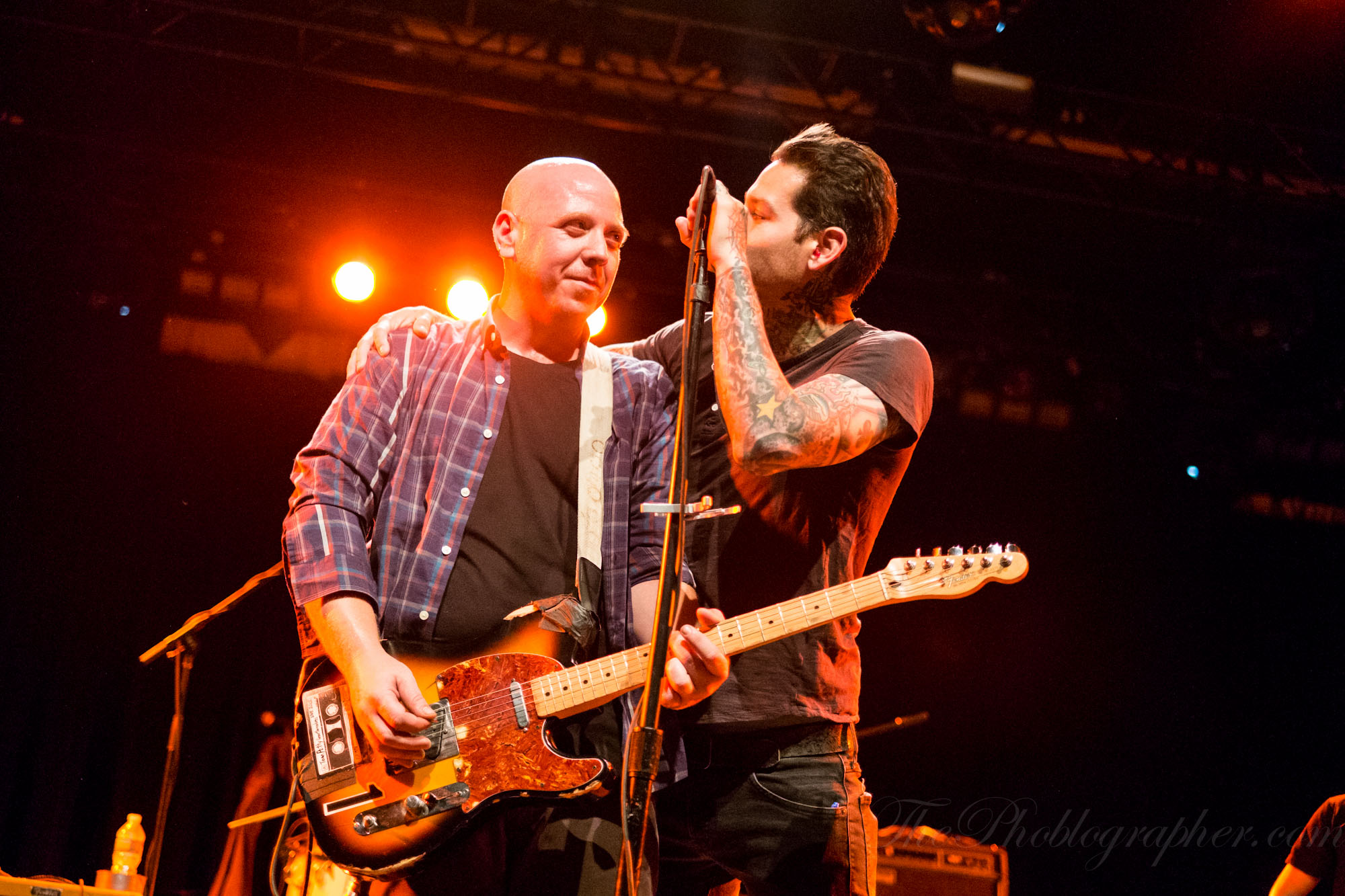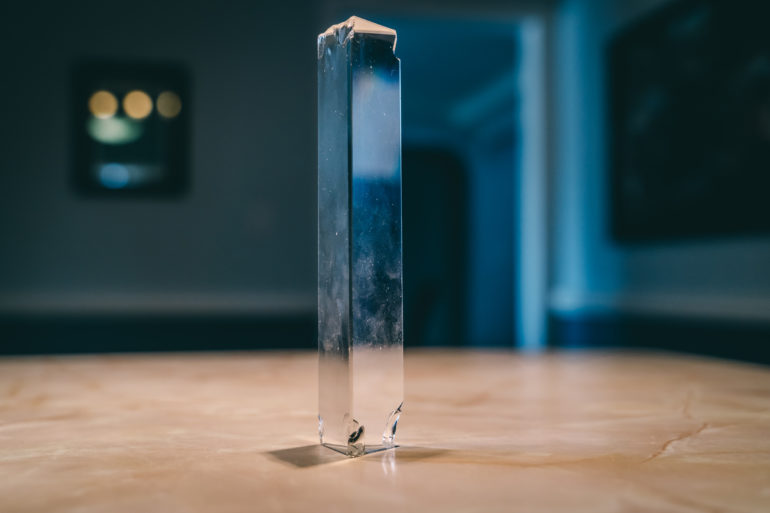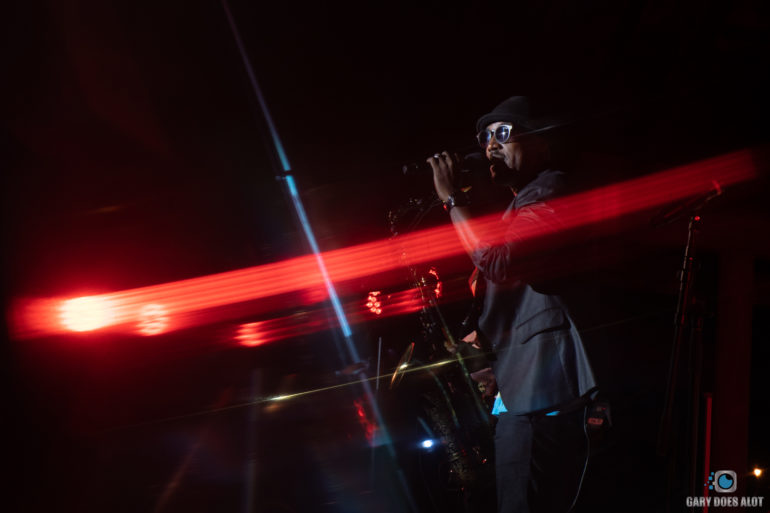Getting into Concert Photography seriously doesn’t need to cost you an arm and a leg.
We all know that there is gear out there considered the be the best options for concert photography, but what about the gear that works? And what if you’re on a really slim budget? Well thankfully, no one is really making terrible cameras–and they haven’t been for years. So we’re going to take a look at some of the most thrifty options on the market.
The BareBones Setup
Many of us have been there, you want to get into concert photography, you look into buying some camera gear and hit a wall. What body should I get? What lens will work best for this? Should I buy a flash? Wait I need to spend $1,000 on a good setup? This can be a bit overwhelming when you first start out, but hopefully this guide will put that worry to rest.
What Body?
So let’s start at the body, You should go with the Canon T5i as your first body which you can easily get for around $250 on Ebay which includes a 18-55mm kit lens or brand new for less than $500. If $250 is too rich for your blood (bare in mind you still need to buy a couple more things), then you can miss out on a few nice features like better video auto focus, no touch screen, slower SD cards, etc. and settle with a Canon T3i, often under $200 without a kit lens. And if you are worried about missing out on a kit lens don’t worry, we will be buying some lenses anyways!
What Lens?
● Canon 50mm F1.8 aka Nifty 50 ($50 used if lucky)
● Canon EF-S 55-250mm F4-5.6 (under $70 used)
Now onto lenses. I’m going to suggest two lenses depending on if you have access to the pit or not. The pit is a gated off area at the foot of the stage at concerts where media and security only have access to it. The nifty 50 goes for around $125; and that’s really cheap.
Why Not Nikon or Sony?
Why a Canon and not a Nikon, Sony or any other brand? When you break it down it’s SUPER useful to start off with a brand that you’ll either stick with, or one that is very cheap. That’s because you won’t mind making a switch when you are a bit more knowledgeable about gear and what will work for you. Canon offers some solid cheap bodies and lenses for beginners, plus if you want to stick with Canon for the long run, their higher end options are fantastic for both photos and video, and they are currently making a decent splash into mirrorless cameras. Nikon is not doing the best at the moment with keeping up to date with the new tech, and Sony is kind of leading the pack with new cameras, but they are on the expensive end to start out with as a beginner unless you go for older APS-C cameras like the Sony a6000 or the Sony a6300.
With all honesty, don’t sleep on Fujifilm either. They have some great options with film simulations built into their cameras.
Are You in the Pit?
If you have access to the “pit” then get the classic “Nifty 50” aka a 50mm F1.8 lens. You can get the native Canon 50mm that can be found for $125 new or $50 used if you are a little lucky. But this is the suggested lens for this situation because the prime lens and F1.8 aperture will allow you to take stunning photos at a bargain bin price. This is actually the lens that just about everyone suggests to get as your first lens because it is sharp, produces fantastic photos and it’s an absolute steal at this price.
Are you out the pit?
Now if you do not have access to the pit, you then may want a long zoom lens so what you should grab is the Canon EF-S 55-250mm F4-5.6 which is usually under $70 used on Ebay. This will give you a wide range of so that you are able to take photos when you are close to the stage, and also if you don’t have access to the pit, or any spots near the stage. The obvious downside to a lens like this is that the images will not be as sharp as the 50mm prime lens, and the photos will take a bit more effort to make them impressive. Which leads to the last thing you gotta buy and a hidden secret in this industry.
However, in lots of situations a 50mm lens (field of view or exact focal length) can be very useful providing that you’re still fairly close to the stage. It will allow for less tight framing and instead lens itself to getting more of the atmosphere of the concert in the image.
The Secret Weapon…
But no matter what you go with, the item you absolutely must have is a glass prism (8 inches at least). Concerts almost always have a cool light setup that you can take complete advantage of with a glass prism. This is how you can take your photos from neat, to impressive because viewers will wonder how you got those effects. Yes…you will look odd twirling this thing in front of your camera, but you’ll also grab people’s curiosity as well! Can’t tell you how many times I’ve gotten conversations with band members after concerts because they were wondering what in the world I was doing and how those pictures came out. And this was often times at concerts with several other more established photographers. One thing to note though is that glass prisms are easier to use and they look better when shooting with a lens with an aperture at F2.8 or lower, but at F4-5.6 it can still be okay in the right situation.
Shot with Canon T5i w/Canon EF-S 55-250mm at F5.6 using a glass prism
For Way Under $1,000?
Yup, if you’re lucky you can do it on $320 and you can start shooting today. Are there other things you may need to buy? Yes, extra batteries will be helpful. A flash will help if you want to get more professional looking off-stage shots (please do not flash artists while they are performing!). But this article isn’t about those things. With these three items in your hand and a bit of practice you can go out and shoot photos just like the ones I’m posting. In fact some of these photos are from my very first concert ever using some of the exact items I mentioned in this post! If you’d love to learn more about the next things you should get for a basic concert setup I also wrote a blog article about it here


